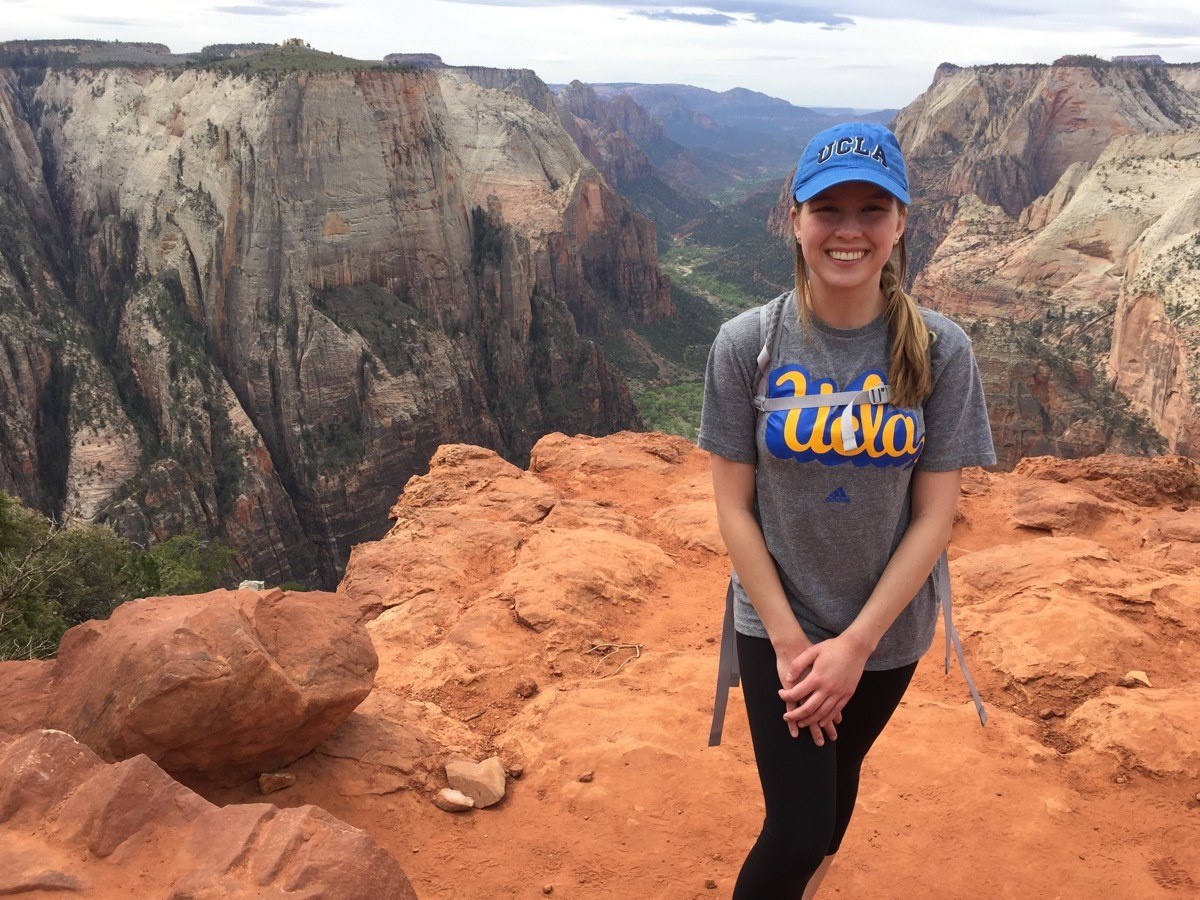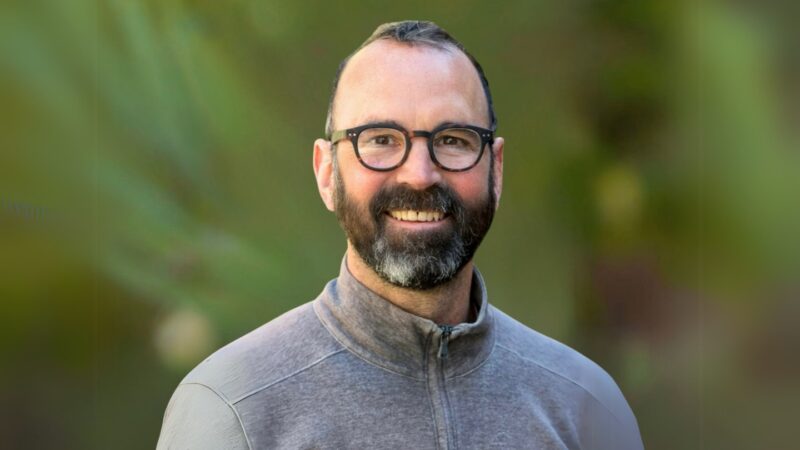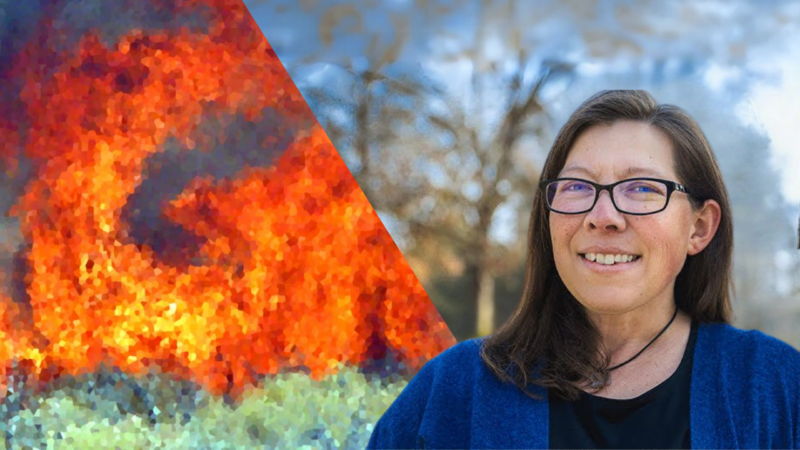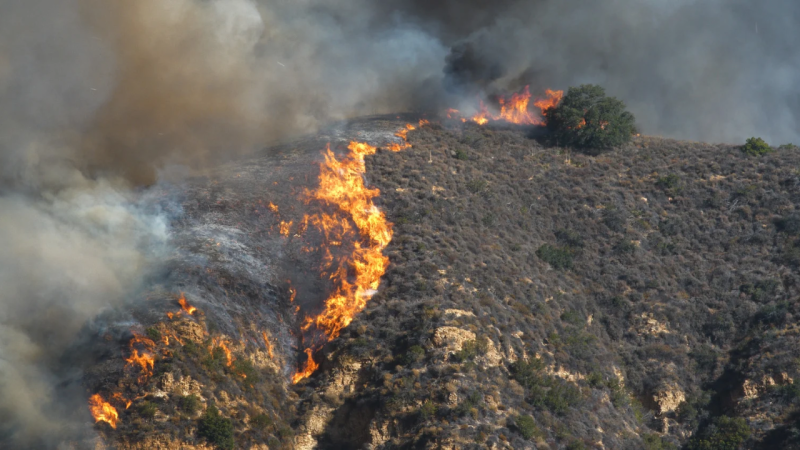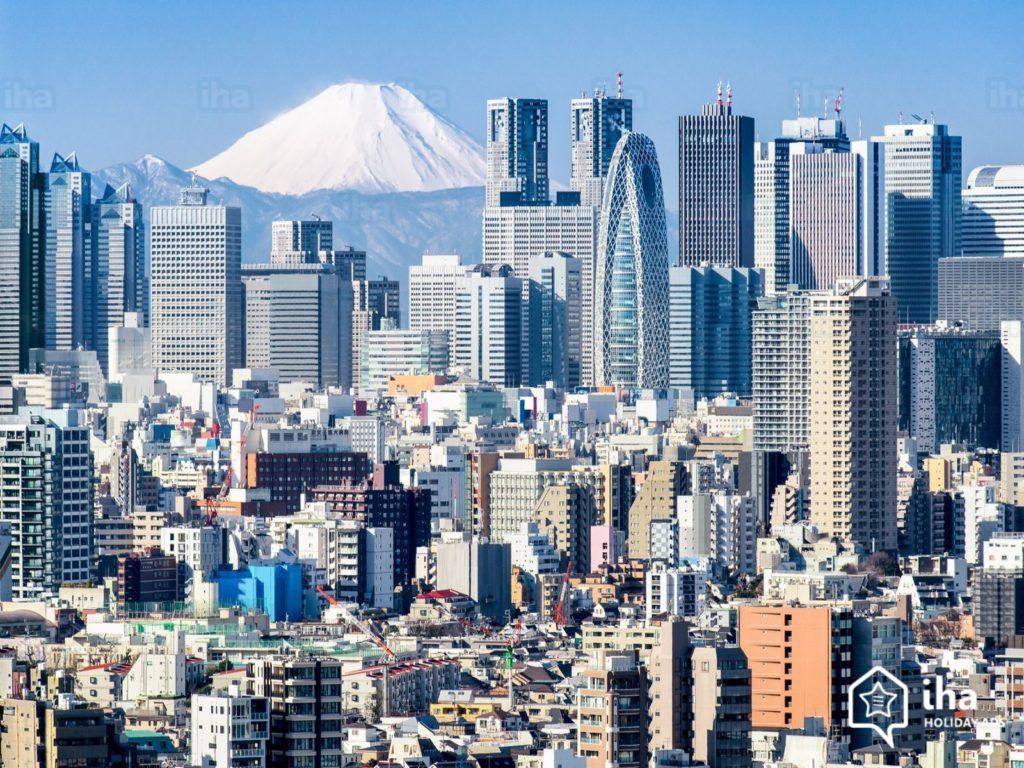
Understanding cities as more than just things
With human impacts thus concentrated, you might expect urban areas to be a focal point of environmental research. That hasn’t always been the case, said Stephanie Pincetl, director of the…
Human beings are the primary drivers of climate change and other environmental problems. Over the past several centuries, more and more of us have been leaving rural settings behind for cities, a trend that’s expected to continue.
With human impacts thus concentrated, you might expect urban areas to be a focal point of environmental research. That hasn’t always been the case, said Stephanie Pincetl, director of the California Center for Sustainable Communities at UCLA.
In her recent paper titled “Cities in the Age of the Anthropocene: Climate change agents and the potential for mitigation,” Pincetl noted that despite accounting for a large portion of the emissions that cause climate change, cities have only recently become a point of focus in discussions of environmental problems.
One major challenge urban areas face is that they are limited in their capacity to control their environmental footprints, Pincetl said. “Cities are not always in charge of their ability to do things. They are imbedded in a whole network of institutions and practices and rules and regulations and laws that reflect what’s going on in the state, province or country in which they exist.”
The importance of understanding those complexities is heightened in the Anthropocene—a proposed epoch in Earth’s history, one defined by the global influence humans are having on the environment. In this epoch, cities have already caused dangerous environmental conditions. Failure to mitigate these conditions is due, in part, to the inaccurate way we perceive them, Pincetl said.
People commonly look at cities as ‘things’ instead of complex processes—processes that include all the decisions that affect a city’s ability to mitigate environmental impacts, such as regulations and laws.
Pincetl argues that cities should be seen as networks influenced by human decisions instead of ‘things.’ That, she says, will give us a better understanding of how these places function in relation to the environment. But more research is needed to account for the various choices that affect cities’ ability to mitigate emissions.
Cities are major contributors to climate change, but they lack the ability to fully control their environmental impact due to factors involved in funding or lawmaking. They face limitations at every stage of decision-making throughout networks they are part of, yet discussions about climate change and cities has largely neglected to account for these complexities.
Pincetl claims that the heart of making cities more sustainable is paying attention to the human choices at play, at both the individual and government levels. “The key to change lies in really understanding those clusters of decisions that get made,” Pincetl said. “There is no other way around addressing impacts than through human decision making.”
While a better understanding of cities may not directly lead to more conscious practices, it a necessary first step, Pincetl said. Continued research is needed to empower scientists, citizens and lawmakers to consider how to help cities overcome the human decisions that prevent them from limiting their contributions to climate change.
The current problems with New York City’s subway system are one example. “Funding for the subway system is allocated by the state legislature,” Pincetl said. “Legislators are elected by local constituencies that are not always all from the city, so they worry about allocating funds for the city’s transportation system—it doesn’t necessarily help their own constituents.”

